Select Year
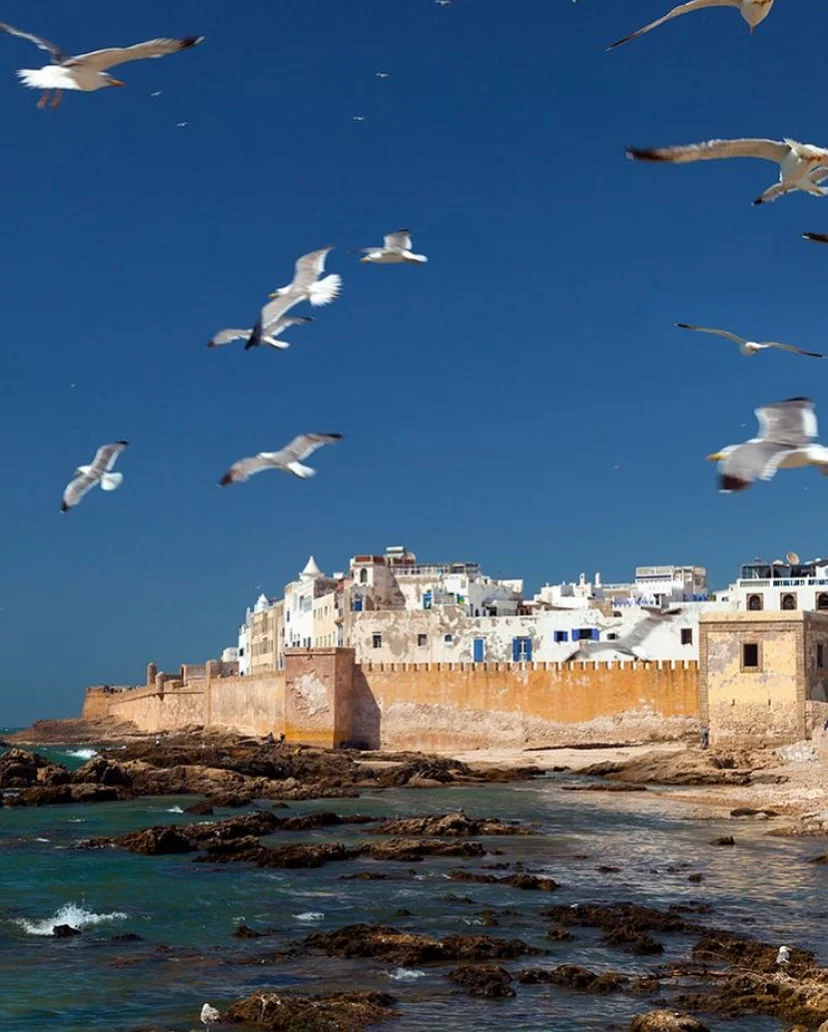
More-occo
Essaouira, Morocco’s laid-back coastal gem, has long drawn free spirits to its shores. Jimi Hendrix may not have bought the neighbouring village of Diabat, as legend suggests, but the city’s bohemian energy remains. Once a key stop on the hippy trail, Essaouira still hums with creativity, from its wood-carving artisans to the hypnotic rhythms of Gnawa music.
The city’s centre, a UNESCO World Heritage site, is a fascinating blend of influences, shaped by centuries of trade and migration. Wander through its narrow streets, past blue-shuttered shops selling thuya wood carvings and jewellery studded with semi-precious stones. At the harbour, fishermen haul in the day’s catch, while smoky grills sizzle with freshly caught sardines.
Essaouira’s windswept beaches also make it a haven for watersports. Kitesurfers dance across the waves, and camel rides along the shore offer a slower-paced alternative. As the sun sets, the city’s vibrant arts scene comes alive, whether in an exhibition at Le Real Mogador or a live jazz set at D’Jazy’s — both offering a glimpse into Essaouira’s creative heart.
Steeped in history yet undeniably modern, this Atlantic retreat is effortlessly enchanting — whether you come for the surf, the souks, or simply the salt-tinged air.
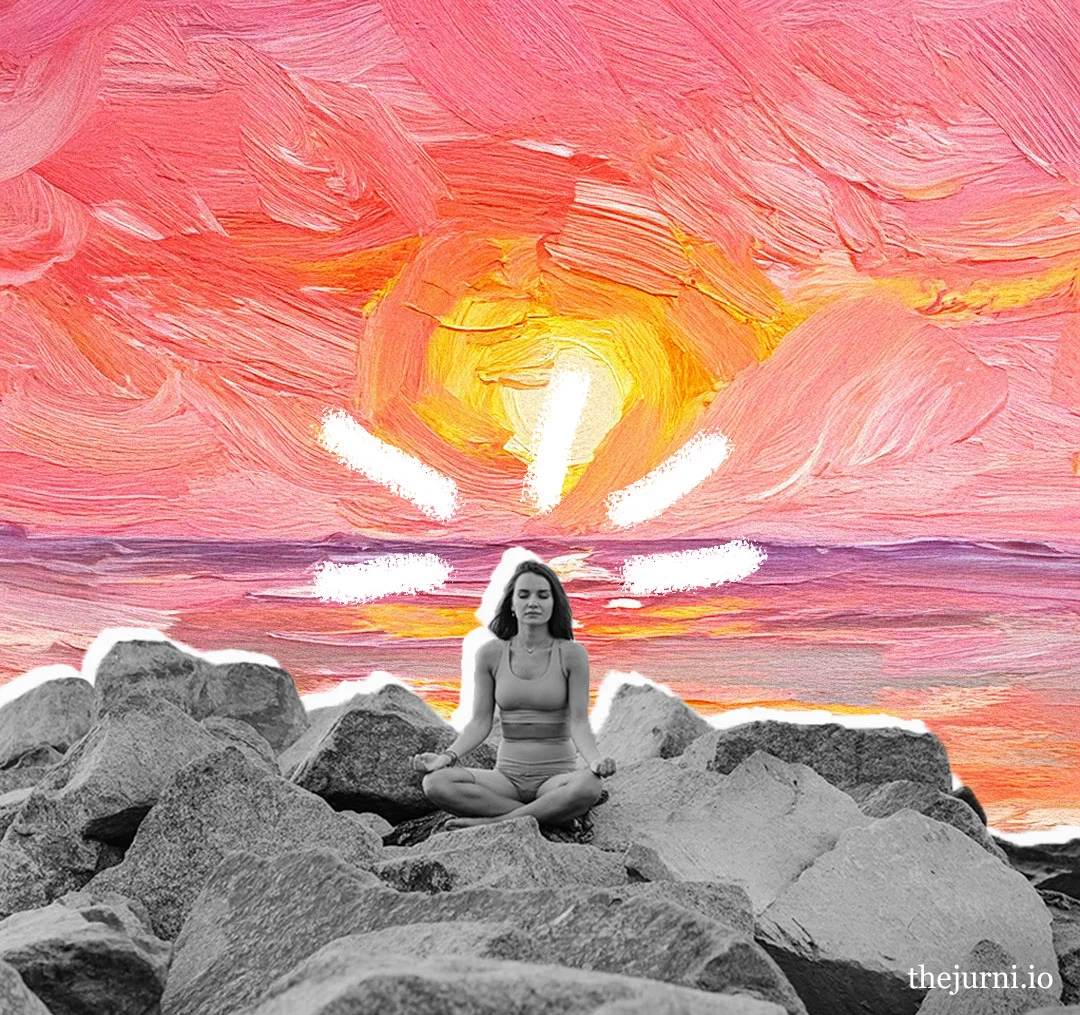
Zen Adventures
Festival travel is evolving. Once defined by music-fuelled weekends and late-night revelry, it’s now making space for something different — wellness festivals. Travellers are increasingly seeking experiences that prioritize mental, physical, and spiritual well-being over traditional leisure activities. This shift is particularly evident among younger generations, notably Millennials and Gen Z, who are redefining the concept of festivals by integrating wellness into these communal gatherings.
Wellness festivals are emerging worldwide, offering a blend of healing practices, educational talks, and community experiences. Events like Ibiza's Alma Festival combine activities such as sound healing and biohacking workshops, creating immersive environments that cater to the holistic health interests of attendees. These festivals move beyond the conventional retreat format by incorporating interactive elements like high-intensity interval training (HIIT) sessions and neuroscience discussions, fostering both personal growth and social connection.
A significant cultural shift contributing to this trend is the rise of the ‘sober curious’ movement. Many individuals, especially within younger demographics, are reevaluating their relationship with alcohol, leading to a demand for alcohol-free events that focus on mindfulness and well-being.
The convergence of wellness tourism and festival culture reflects a broader societal move towards health-conscious living and mindful consumption. As travellers continue to seek meaningful and transformative experiences, the popularity of wellness festivals is poised to grow, offering diverse opportunities for individuals to engage in self-care, community building, and personal development.
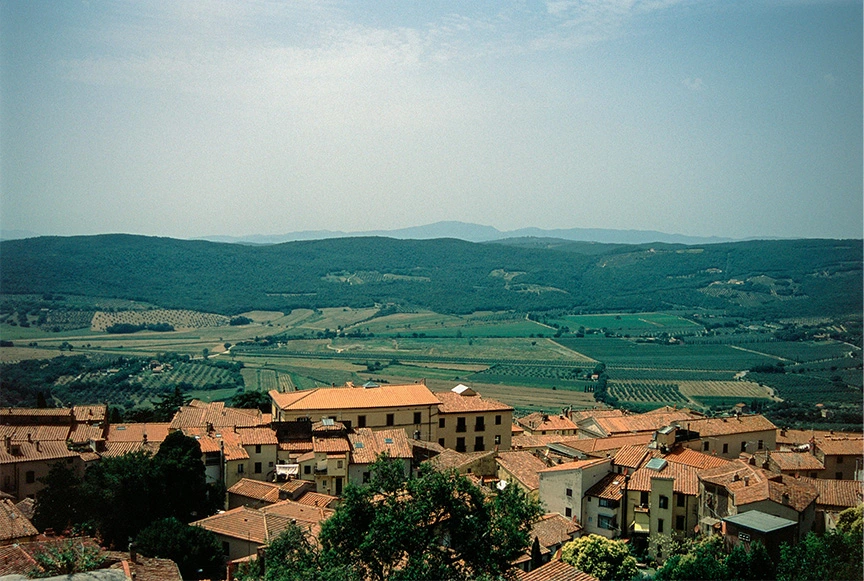
Under the Tuscan Sun
Despite Tuscany’s long-standing allure, the city of Grosseto has often been overlooked. Nestled in a region famed for Florence and Siena, Grosseto’s charm has remained a well-kept secret, even to Italians. Yet, this Tuscan gem is now stepping into the limelight, showcasing a new model for sustainable tourism.
A stay in Grosseto gives you a glimpse of a city steeped in history: mediaeval walls surrounding a centre filled with buildings of the past. But it is really the general nature of the commitment to sustainability that makes the difference. Named as a first European Green Pioneer of Smart Tourism last year, it has been recognised for its efforts in promoting responsible travel.
The environs reveal the regard the town has for nature, with the Regional Park of Maremma boasting endless pristine land tainted by open wilderness, roaming horses, and sandy beaches along the Tyrrhenian Sea.
Grosseto is a good mix of sustainable and off-beat travel — away from the crowds and yet in the lap of familiar Italian hospitality and history.
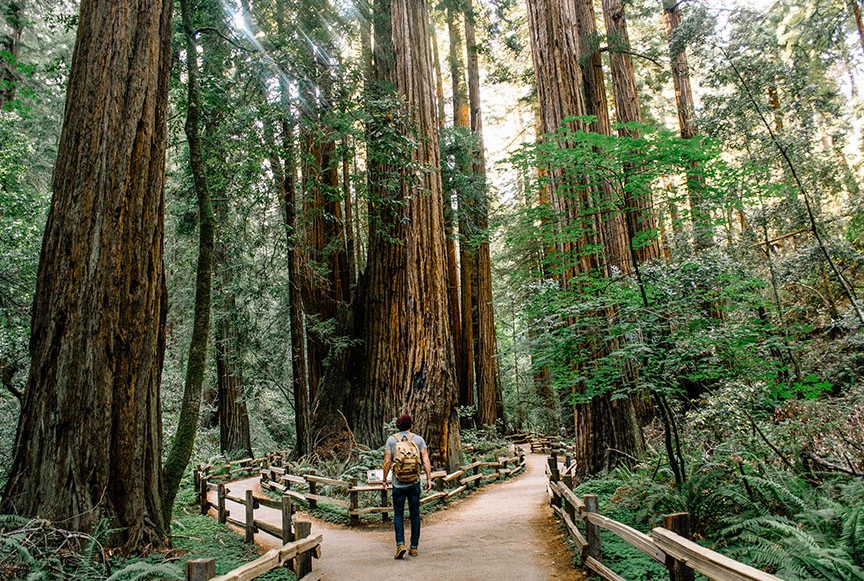
Into the Wild
Around the world, travellers are seeking experiences that blur the line between exploration and interaction, from trekking alongside mountain gorillas in Rwanda to snorkelling with whale sharks in Mexico. These journeys are about observing nature and also becoming part of it, whether by hiking through Patagonia’s wild landscapes or camping under the Northern Lights in Norway.
In Asia, this trend is taking shape in new ways. Singapore’s Rainforest Wild Asia, opening next month, reimagines the wildlife park as an immersive, choose-your-own-adventure experience. Here, you can wander forest trails, cross rocky streams, and encounter Southeast Asia’s rarest species — all within a setting that feels more like an untamed jungle than a traditional zoo. It’s part of a growing global movement to make wildlife experiences more engaging while maintaining a strong focus on conservation.
For travellers craving more than just a scenic view, these experiences offer a deeper connection with the natural world, turning a trip into something truly unforgettable.
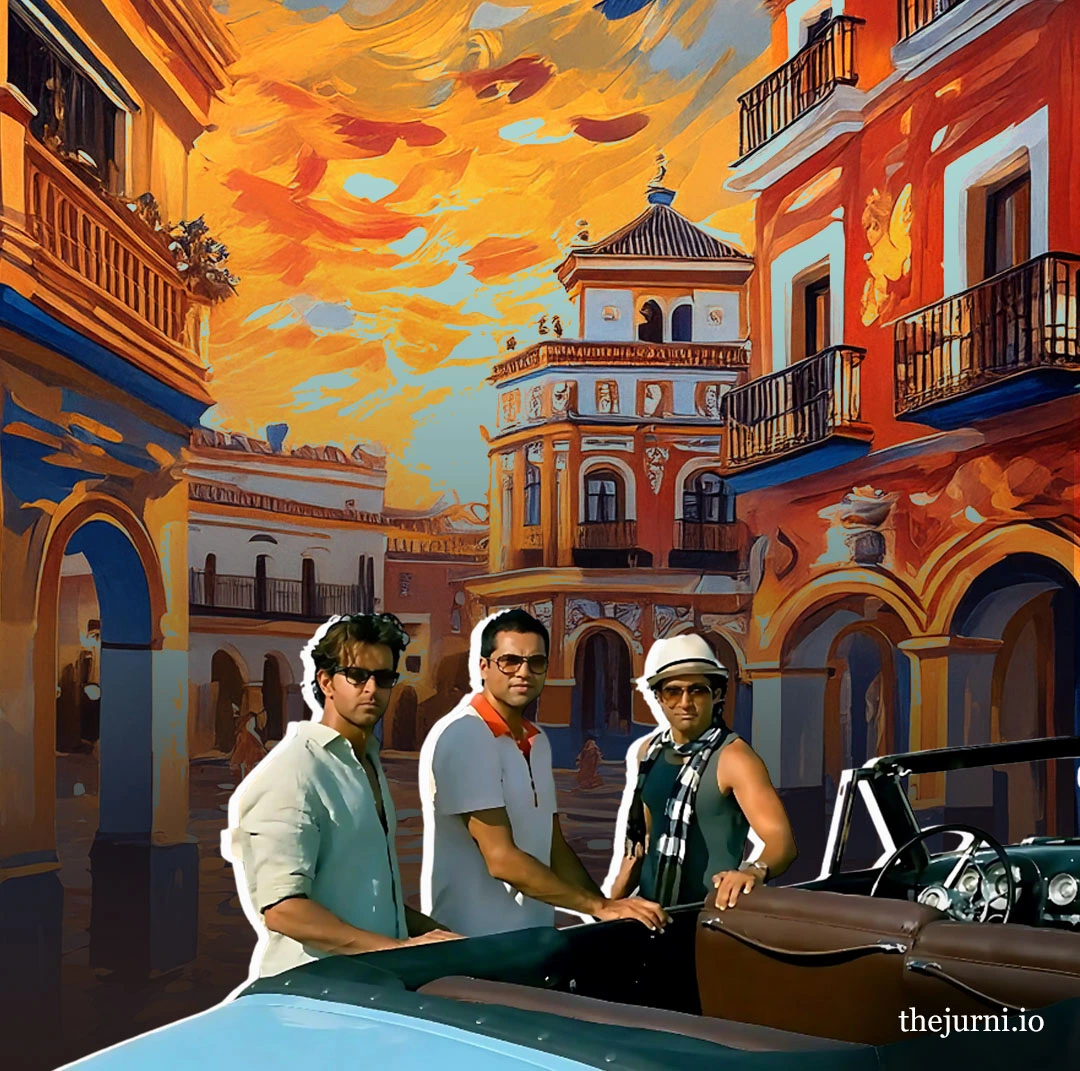
Set-Jetting
Food, music, and art have long shaped the way we explore the world, but cinema and television now play an equally essential role. From the breathtaking landscapes of Spain in Zindagi Na Milegi Dobara to Dil Chahta Hai turning Goa into the ultimate friends’ getaway, film and TV have influenced travel choices for years. Today, this connection is stronger than ever, with ‘set-jetting’ inspiring more travellers to visit destinations seen on screen.
No show recently has fueled wanderlust quite like White Lotus. Each season has turned its backdrop into a traveller’s dream. Unlike traditional sightseeing, set-jetting is about stepping into the world of a film — whether it’s sipping coffee at the Parisian café from Emily in Paris or retracing James Bond’s high-speed chases along Switzerland’s Gotthard Pass. Travel companies have caught on, offering curated itineraries to these cinematic landscapes, while destinations themselves are actively courting productions to attract tourism.
As set-jetting grows, it’s clear that storytelling has the power to turn destinations into must-visit spots, shaping how and where we explore the world.
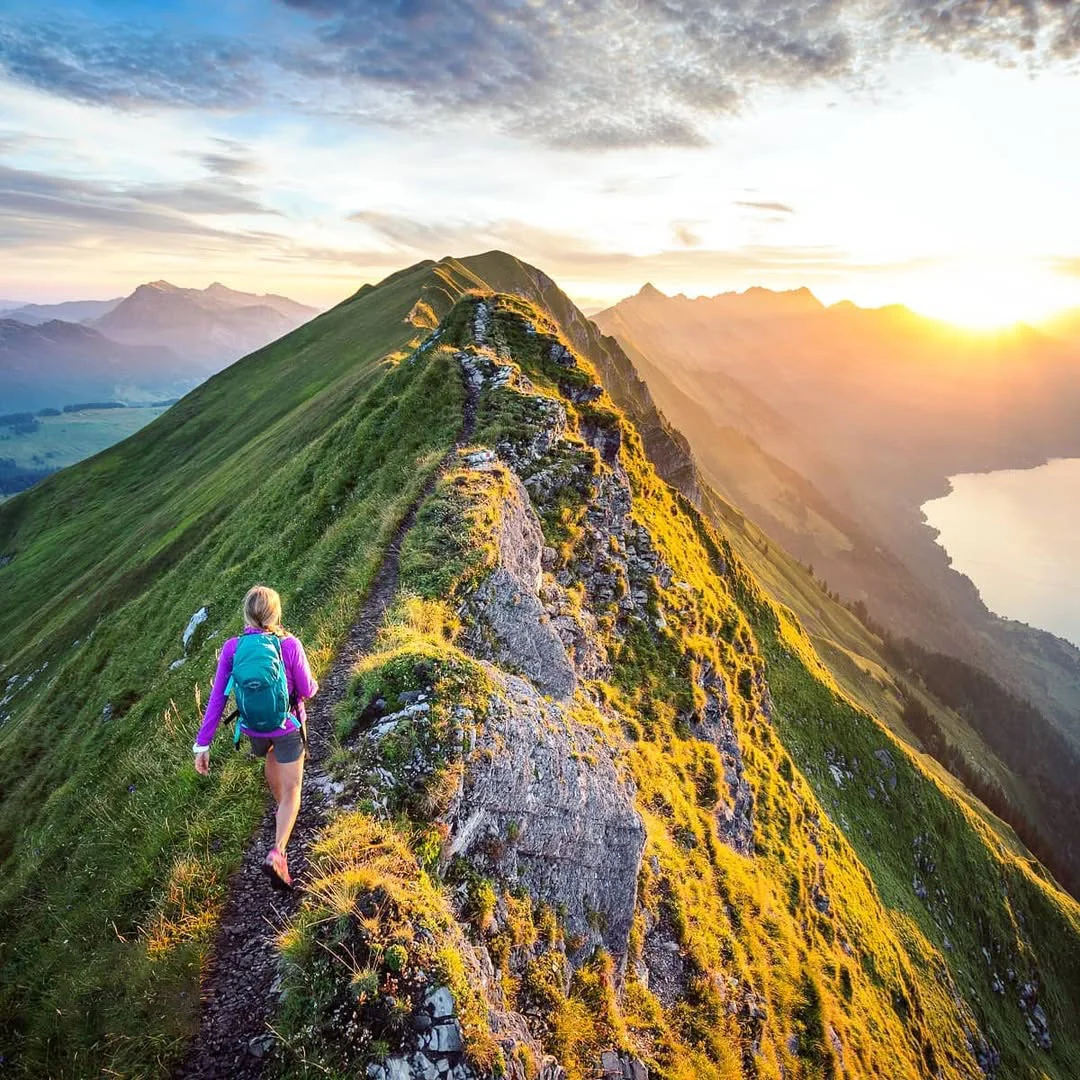
Chasing Adrenaline
Adventure travel is about stepping outside the familiar, embracing the unknown, and finding exhilaration in nature’s raw beauty. And there’s no better place to do that than Interlaken, the adventure capital of Europe.
Tucked between two shimmering lakes and framed by the snow-dusted peaks of Eiger, Mönch, and Jungfrau, this Swiss town is a living, breathing playground for thrill-seekers. Here, gravity is a suggestion — paragliders ride the thermals over emerald valleys, skydivers launch from dizzying heights with the Alps stretching endlessly below, and canyoners hurl themselves into roaring waterfalls, surrendering to the raw power of nature.
Here, adventure takes many forms. Paragliders soar over lush valleys, skydivers descend through crisp air with panoramic views of the Alps, and canyoners dive into rushing waterfalls. For those who prefer a slower pace, Interlaken offers hiking trails through alpine meadows, cycling paths that hug cliff edges, and tranquil kayaking in crystal-clear lakes.
Whether you’re free-falling from 14,000 feet or simply hiking through alpine meadows, Interlaken is a place that makes you feel alive in the purest sense — surrounded by nature, with endless possibilities ahead.
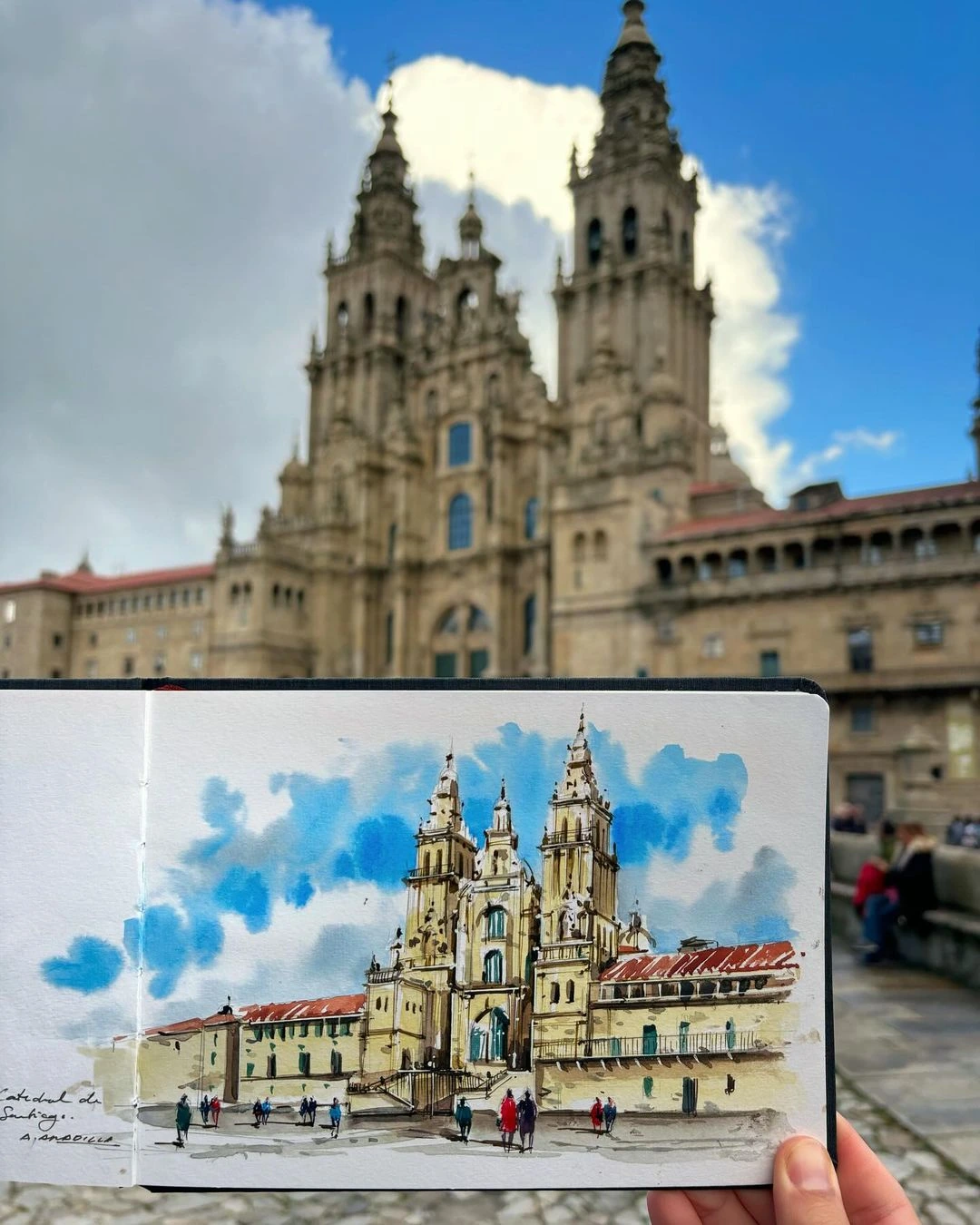
Stop and Paint
Imagine pausing in a sun-dappled piazza, the scent of espresso in the air, as you pull out a sketchbook instead of a camera. In an age of digital overload, where photos vanish into endless camera rolls, many travellers are turning to sketching as a way to slow down and truly immerse themselves. And so, the art of slow observation is being revived through travel sketching.
With travel sketching workshops popping up from Kyoto to Marrakech and pocket-sized paint kits that spring to life with a splash of water, many travellers are embracing a slower, more tactile way to capture their journeys. This analogue revival is about a break from screens, a deeper way to see the world, and a chance to engage with places beyond the lens of a camera.
A hand-drawn market scene in Marrakech recalls the rhythm of bargaining voices; a soft, pencil-shaded coastline in Santorini preserves the hush of waves against rock. In recent years, many travellers have consciously slowed down their vacations, abandoning crowded itineraries in order to fully immerse themselves in a single destination.
As digital memories fade into the endless scroll, a painted travelogue remains — a tangible keepsake, a story in strokes and colours, capturing not just what was seen, but what was truly experienced.
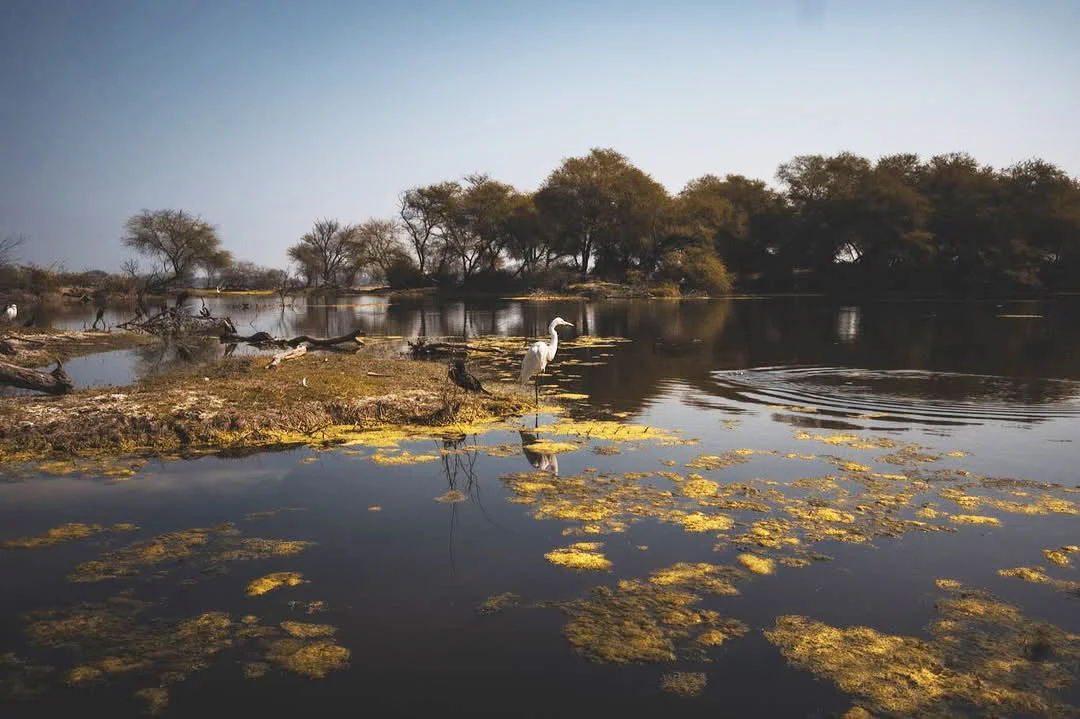
Here Comes The Bird
As winter bids adieu to India, the landscape transforms into a paradise for birdwatchers. This migratory season is as much about spotting rare species from around the world as it is a chance to explore some of the country’s most breathtaking destinations. From the misty wetlands of Bharatpur, to the vast expanse of Chilika Lake, birds arrive in droves, escaping the harsh northern winters.
One of the finest places to witness this seasonal spectacle is a former royal hunting ground in Rajasthan, Keoladeo National Park is now one of the finest places to witness this seasonal spectacle. Its marshes shelter a diverse array of birdlife, from painted storks to the rare Siberian crane. Further east, Odisha’s Chilika Lake, which isIndia’s largest coastal lagoon, comes alive with several migratory birds, including elegant flamingos, making it a prime spot for bird watching this time of year.
In the Himalayas, Pangot, near Nainital, offers sightings of rare species like the Himalayan rubythroat, while Assam’s Dibru-Saikhowa National Park is a refuge for both birds and birdwatchers alike. Even in bustling Gujarat, the salt pans of the Little Rann of Kutch come alive with greater flamingos and raptors.
For those willing to embrace early mornings and quiet patience, birding in India is a revelation — where many a rustling branch and distant call hints at a rare sighting.
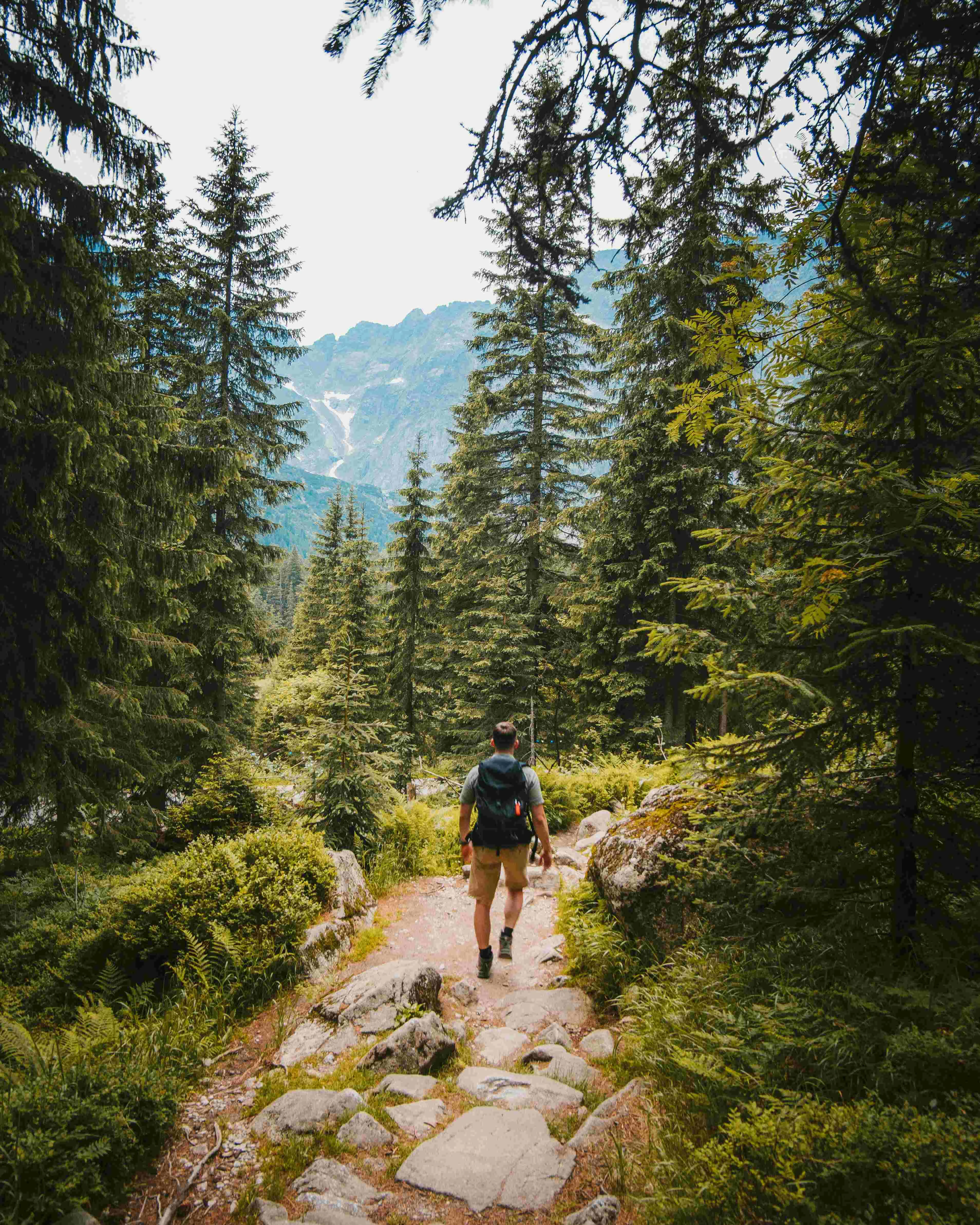
Spo(r)t on
From football fans flying across continents for the FIFA World Cup to adventure seekers rafting in Rishikesh, sports tourism is thriving. Once a niche market, it has now become a major driver of global travel, with India witnessing a remarkable surge in interest.
Broadly speaking, sports tourism falls into two categories. Passive sports tourism is about travelling to witness events — be it matches, races, or tournaments — giving host cities an economic boost. Active sports tourism, on the other hand, is all about participation, from skiing and trekking to marathon running. In India, Manali, Ladakh, and Goa have become popular choices for such experiences.
The industry is driven by the lure of experiencing live sporting moments, as well as the growing trend of combining travel with fitness. The Tour de France, for example, attracts both spectators and cyclists keen to ride the same routes as professionals. Meanwhile, Formula 1 races and cricket tours are drawing younger, more diverse travellers.
As major tournaments expand and new destinations invest in hosting, the future of sports tourism looks bright—reinforcing that, for both fans and athletes, the world is an open arena.
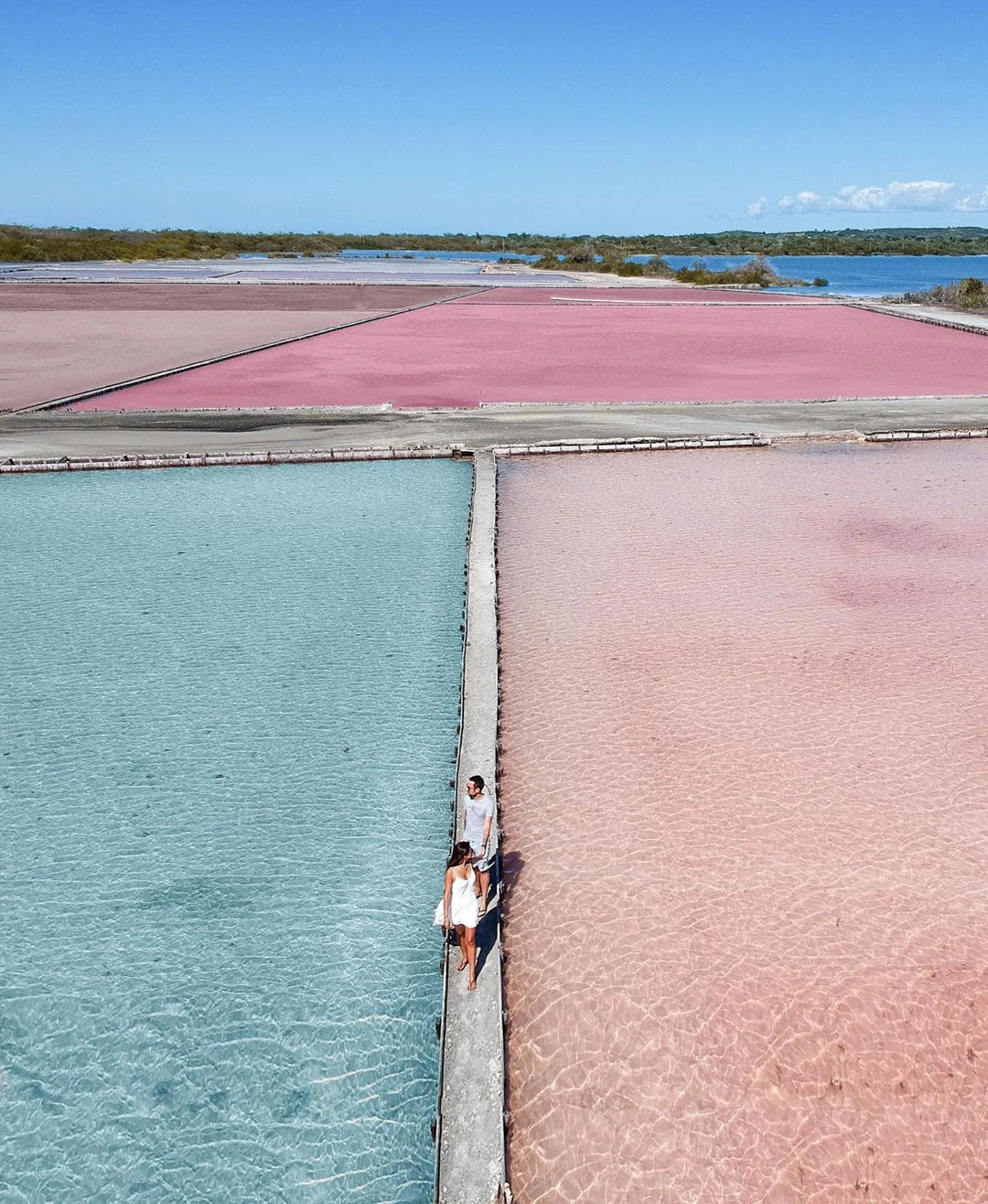
Puerto Paradise
Puerto Rico is known as the 'Island of Enchantment', and it certainly lives up to the name with experiences that extend beyond its lively cities and sun-kissed beaches. There is a wilder side to it beneath its picture-perfect exterior, where culture and nature unexpectedly converge.
The country is best experienced through its untamed, immersive adventures. Picture yourself drifting down the Tanamá River, where limestone cliffs give way to shadowy caves, or kayak past Monkey Island, home to a colony of rhesus macaques. Or, you could soak in the mineral-rich Coamo Thermal Baths, said to be the island’s fountain of youth. As night falls, maybe you can go for a paddle through one of Puerto Rico’s famous bioluminescent bays — Mosquito Bay, Laguna Grande, or La Parguera — where microscopic organisms light up the water in an otherworldly glow.
In the misty highlands of Cordillera Central, coffee farms offer a taste of Puerto Rico’s rich agricultural heritage, while the legendary ‘Pork Highway’ in Guavate invites you to savour slow-roasted lechón, a feast best enjoyed among lively crowds.
From glowing waters to rainforest trails, Puerto Rico is an immersion into a land where history, nature, and tradition blend seamlessly.
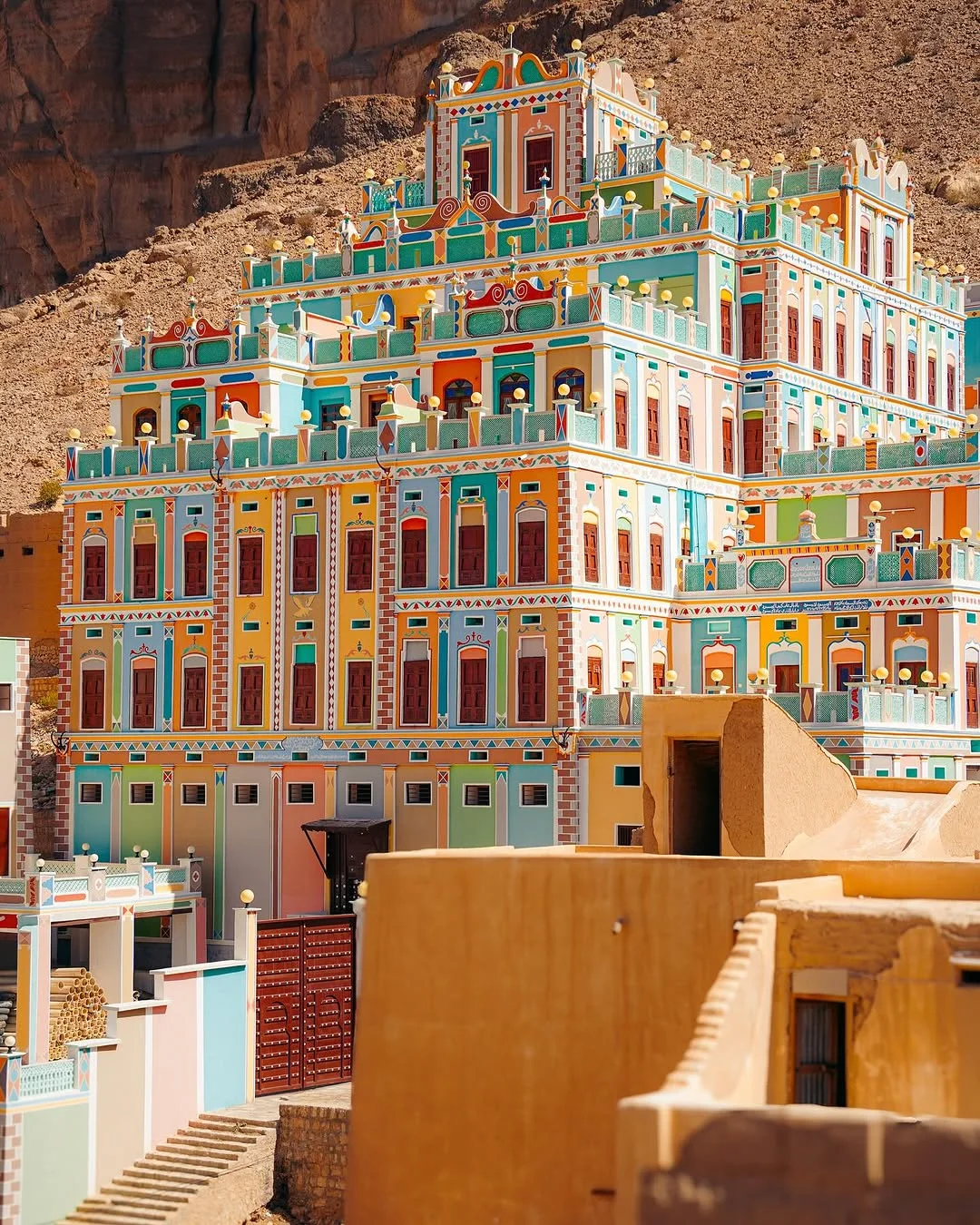
Step Up
Morning mist clings to the slopes of Haraz in Yemen as the first light catches the stone terraces, stacked like ancient stairways into the clouds. In the crisp mountain air, the scent of drying coffee cherries drifts from village rooftops — a reminder of the land’s deep connection to the world’s favourite brew. Built over three millennia ago, these terraces have shaped both Yemen’s landscape and its culture.
It was here, in the highlands, that coffee was first cultivated before making its way to Ottoman courts and European cafés. Even today, farmers tend the same stepped fields, growing wheat, qat, and the beans that fuel morning rituals across the world.
Beyond their agricultural legacy, these terraces hold a sense of timelessness. Stone villages perch on cliff edges, their houses blending seamlessly with the mountains. Life moves at an unhurried pace — farmers navigating narrow paths, coffee cherries drying in the sun, history woven into the land.
Yemen’s terraces have stood the test of time, a quiet wonder where culture and landscape are one.
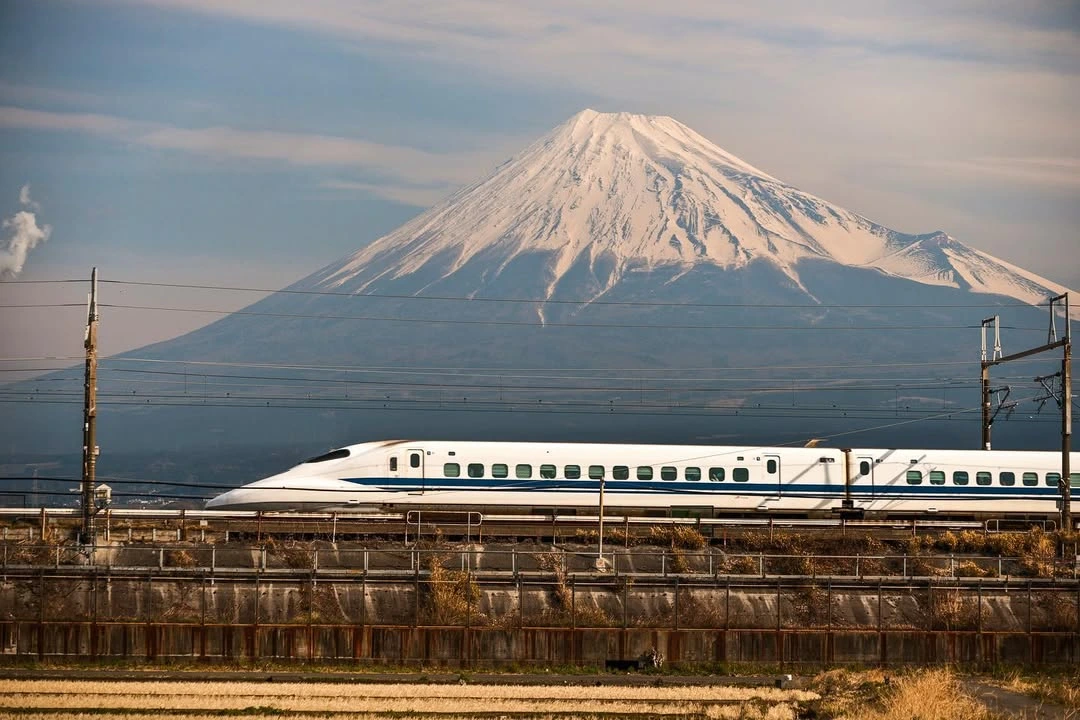
Japan’s Bullet Trains
The Shinkansen, Japan’s iconic bullet train, changed the country’s transportation landscape when it launched in 1964. Initially designed to shorten travel time between Tokyo and Osaka, it became an emblem of speed, efficiency, and technological progress. The high-speed train not only revolutionised travel, but also reshaped urban life in Japan, fostering economic growth and tourism along its routes.
The name ‘bullet train’ comes from its sleek, pointed design, reminiscent of a bullet, and reflects its speed. What makes the Shinkansen truly special is its punctuality and comfort. Over the years, the network expanded, with more cities connected, and newer trains cutting travel time even further.
The train stands as a symbol of Japan’s innovation, inspiring similar systems worldwide. Today, the Shinkansen continues to lead the way, blending modern technology with cultural significance. As new lines open, the bullet train remains central to Japan’s future of mobility, setting a global standard for high-speed rail travel. Its continued success shows how transportation can not only meet the demands of today but also shape the future.

Pet Seva
The travel industry is officially going to the dogs — and cats, and occasionally even hedgehogs. With pets increasingly seen as family, leaving them behind is no longer an option. From Gen Z adventurers to digital nomads, the demand for pet-inclusive travel is reshaping hospitality.
While airlines provide specific in-flight benefits for animal guests, hotels are now launching pet-friendly offerings including gourmet meals and customised amenities. For example, New York's Plaza Hotel pampers canines with the Pampered Pup Package, which includes Evian water bowls and bespoke robes. In South Korea, pet travel on Korean Air aircraft has more than doubled in just four years, indicating the growing popularity of pet-friendly travel experiences.
Challenges remain, such as weight restrictions and policies limiting pets left alone in rooms, but industry leaders are adapting quickly. Many are finding creative ways to cater to this growing demand without compromising other travellers’ experiences.
With remote work and social media amplifying this trend, pets are becoming an integral part of travel experiences. As more travellers seek to share their adventures with their furry companions, the hospitality industry continues to evolve, ensuring no one gets left behind — not even the four-legged ones.
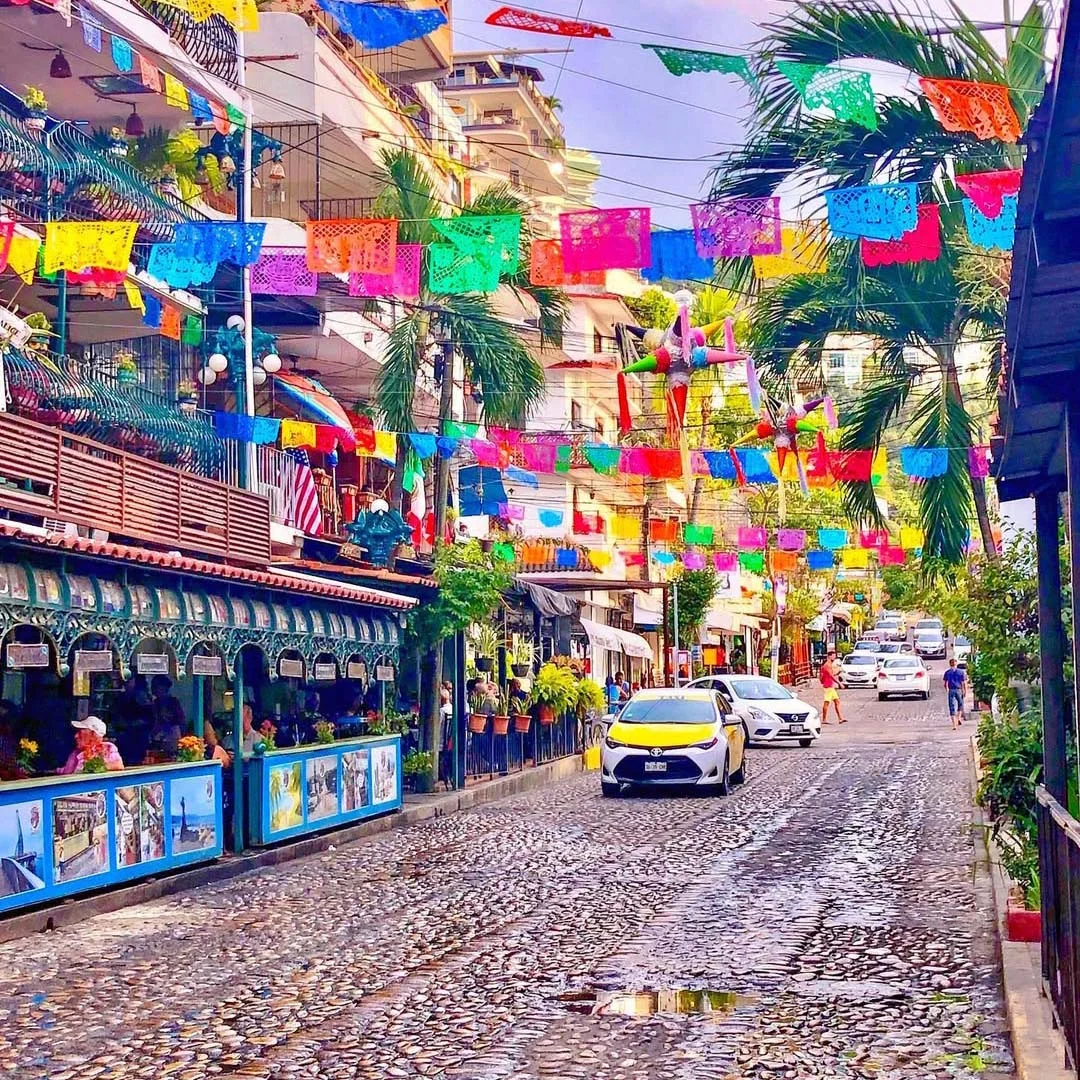
A Mexican Road Trip
If road trips are on your mind, Mexico should be your next destination. This is set to be the year of Mexican road trips, thanks to new infrastructure opening up previously hard-to-reach destinations.
The newly completed highway between Guadalajara and Puerto Vallarta cuts travel time from five hours to just two and a half, letting you explore charming towns like Tequila and Sayulita. The Oaxaca to Puerto Escondido route has also been streamlined, now taking only three hours, revealing lush valleys and pristine beaches along the way.
Additionally, Tulum’s new airport unlocks the Yucatán, making it easier to visit remote gems like Laguna de Bacalar and the Mayan ruins. These improvements make going to Mexico’s vibrant culture, historic towns, and natural beauty easier than ever.
As Mexico opens up these scenic routes, now is the perfect time to hit the road and experience the country in a new light. Whether you're chasing beaches, history, or adventure, the road ahead is waiting.

Dune Escape
If Sardinia conjures images of sparkling beaches and luxury resorts, the island’s southwestern corner will surprise you. Here, Europe’s tallest sand dunes create an awe-inspiring, desert-like expanse that stretches toward the Mediterranean. Towering golden peaks ripple across the landscape, blending seamlessly with the sea and offering a raw, untouched beauty that feels worlds away from Sardinia’s bustling coastlines.
Exploring these dunes is like stepping into another realm. Trek through shifting sands, discover ancient caves hidden within the terrain, and watch as the sunlight transforms the dunes into a fiery golden sea at sunset.
For those craving a deeper connection to this unique environment, Le Dune Piscinas offers a rare opportunity to stay within the dunes themselves. This eco-friendly resort blends harmoniously with its surroundings, providing a quiet retreat far from the usual tourist hubs. But the dunes remain the star — a striking fusion of nature’s raw power and serene beauty, inviting travelers to pause and marvel at a side of Sardinia few ever experience.

Train Gain in Australia
Australia’s Indian Pacific train, an iconic transcontinental route, has expanded its journey to give you an even more immersive experience of the country’s diverse landscapes and cultures. Running from Sydney to Perth, the extended route not only covers more miles but also includes additional cultural stops, letting you have a deeper exploration of Australia’s vast beauty and history.
You can discover a new side of Australia as the journey takes you through unique towns brimming with history and character. In Broken Hill, once a bustling mining town, you can find vibrant outback art galleries that capture the spirit of the region. In contrast, Cook, a small town in the heart of the country’s interior, offers a hauntingly rare glimpse into remote Australian life. Along the way, you get to immerse yourself in the past through indigenous cultural centres, local storytellers, and fascinating museums.
As the train glides through New South Wales’ lush rainforests and the stark, remote expanse of the Nullarbor Plain, the scenery transforms before your eyes. From verdant landscapes to arid deserts and dramatic cliffs, the ever-changing vistas immerse you in Australia’s untamed beauty.
Onboard, you can indulge in gourmet dining and first-class service while enjoying panoramic views. Whether you’re a seasoned traveller or new to the Indian Pacific, this extended journey has a fresh perspective on Australia’s landscapes and rich cultural fabric.
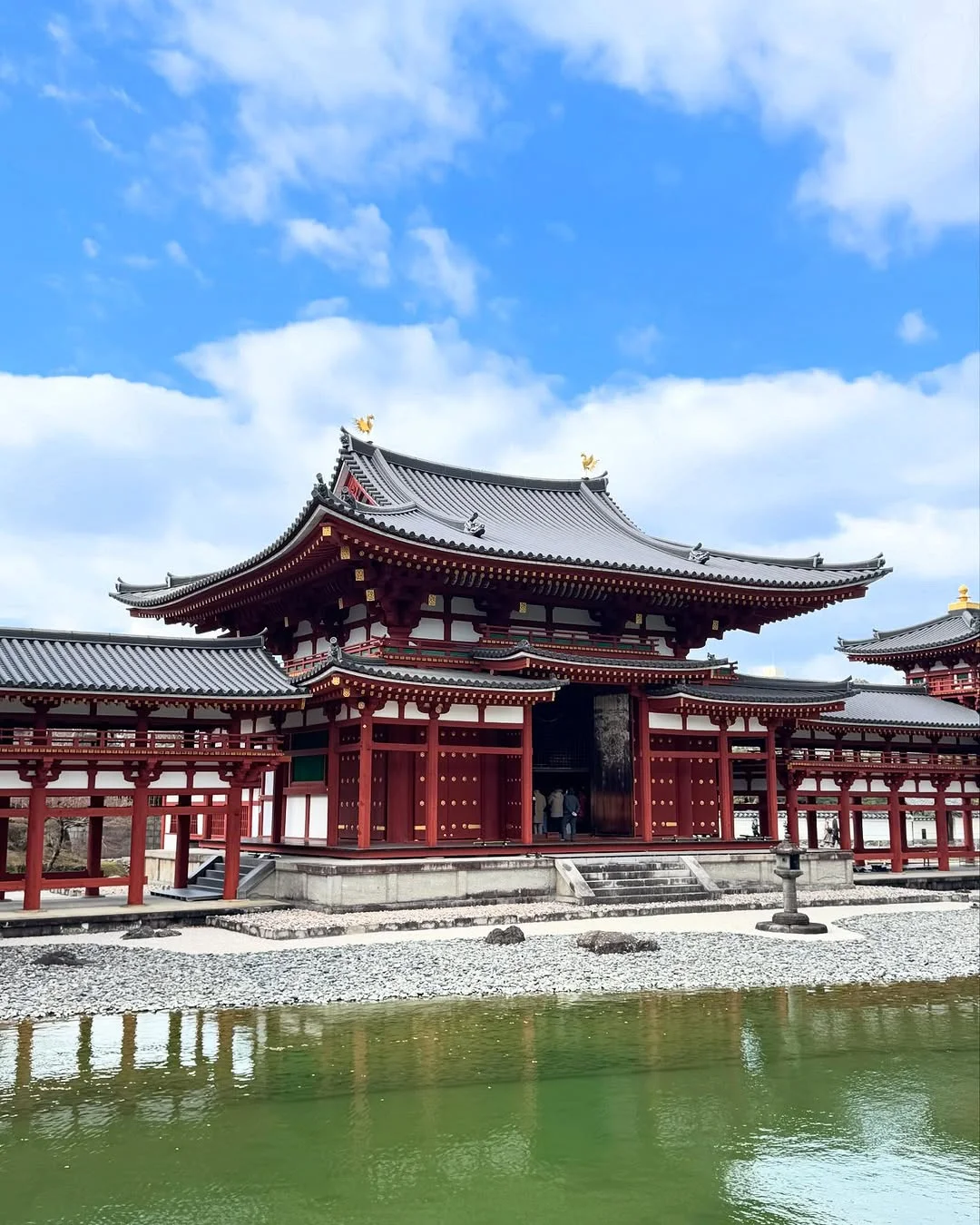
The Matcha Capital of Japan
Just a half-hour journey from Kyoto lies Uji, a serene city steeped in the aroma of matcha. Renowned as Japan’s fine powder tea capital, Uji combines centuries-old tea heritage with captivating landmarks and natural beauty.
As one of the first regions in Japan to cultivate green tea, Uji’s dedication to matcha is unparalleled. At Byodoin Omotesando, you’ll find a delightful introduction to matcha, with everything from creamy parfaits to artisanal souvenirs.
For a hands-on experience, visit Incense Kitchen, a sustainable workshop crafting matcha-infused incense, or Chazuna, where you can explore the traditions of tea-making through immersive workshops. Don’t miss Uji’s signature matcha soba noodles or a velvety matcha latte.
The region’s treasures extend beyond tea. The UNESCO-listed Byodoin Temple, immortalised on the Japanese 10-yen coin, is a must-see, while Uji Shrine charms visitors with its whimsical rabbit-themed talismans. Along the Uji River, cherry blossoms in spring and fiery autumn foliage create a feast for the senses.
Whether you’re a tea enthusiast or simply seeking Japan’s quieter side, Uji offers an escape as flavourful as it is unforgettable.
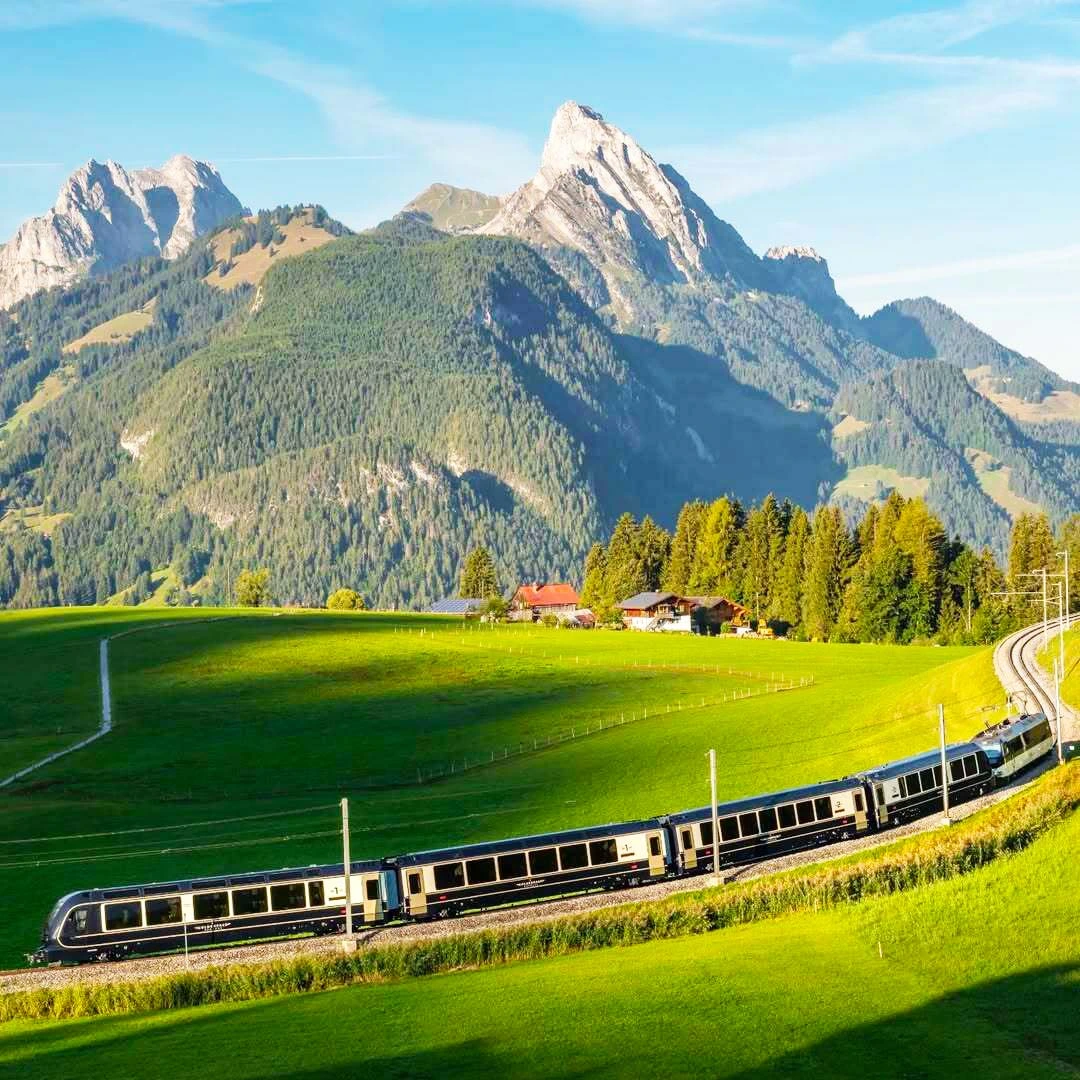
Long and Winding Track
Picture this: the hum of the train is a soft accompaniment to the breathtaking landscape unfolding outside. Through the panoramic windows, the Swiss Alps rise majestically, their snow-capped peaks reflected in the crystal-clear lakes below. As the train glides through rolling meadows dotted with Alpine chalets, the hustle of daily life feels a world away.
This isn’t just any train journey — it's a three-hour spectacle of nature’s finest work, now made more seamless thanks to the GoldenPass Express's engineering marvel. Connecting the glaciers of Interlaken with the terraced vineyards of Montreux, Switzerland, this state-of-the-art train, launched a year ago, represents the culmination of over a century of ambition and innovation.
Along the way, you are treated to the charms of picturesque towns like Gstaad, known for its pristine views, and Château d'Oex, famous for its hot air balloon festival. The journey also winds through the vineyards of the Vaudois Riviera before reaching Montreux, where the sun-soaked shores of Lake Geneva lay in stunning contrast.'
As the train winds its way through this spectacular landscape, it becomes clear: this is Switzerland at its most glorious. So, if a Euro-trip is on your list this year, you know what to include in your itinerary.

Italy’s Melodic Heartbeat
Nestled in the picturesque Lombardy region, Cremona is a city where music, history, and culture blend in perfect harmony. Known as the birthplace of violin-making, this enchanting destination is a living tribute to centuries of craftsmanship and artistry.
At the heart of Cremona’s legacy lies the renowned Violin Museum, a treasure trove of rare instruments that honours the mastery of luthiers like Antonio Stradivari and Giuseppe Guarneri. Wandering its halls, visitors can trace the evolution of violin-making and marvel at the intricate skill behind these timeless creations.
The city’s allure extends beyond its musical heritage. The Ala Ponzone Picture Gallery boasts masterpieces by celebrated artists, while the San Lorenzo Basilica offers a serene glimpse into Cremona’s sacred past. Each landmark adds a layer to the city’s rich cultural tapestry.
Cremona is also a feast for the senses. The Auditorium Giovanni Arvedi, with its stunning acoustics and innovative design, hosts mesmerising performances. Meanwhile, the city’s culinary offerings — from velvety gelato to handmade pastas — are as delightful as its music.
In Cremona, every corner tells a story and every melody lingers, inviting you to experience its timeless charm and soul-stirring symphony.
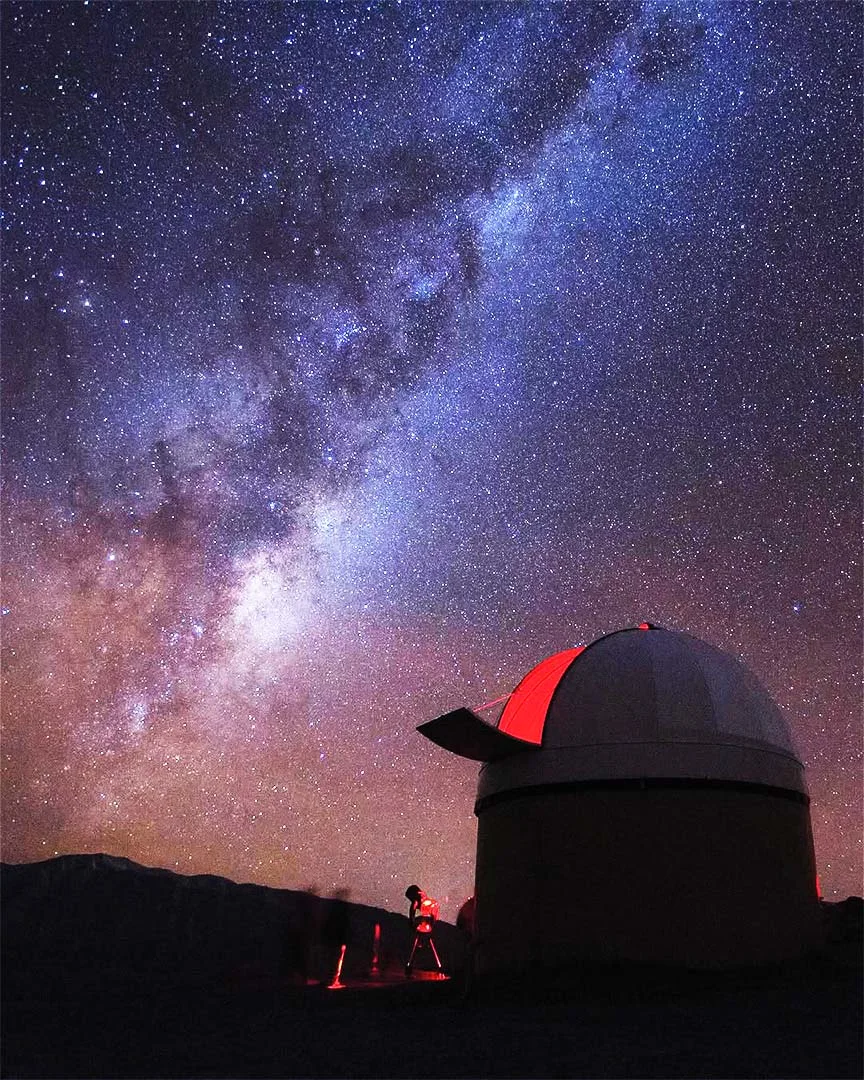
Galactic Retreats
Imagine lying under a sky so clear, the stars seem close enough to touch. In a world overwhelmed by city lights, there are still rare places where the night sky is a canvas, untouched and awe-inspiring. Which is, perhaps why astrotourism has rapidly gained popularity as many seek a new kind of escape — one that connects them not just with nature, but with the cosmos.
The NamibRand Nature Reserve in Namibia is one such treasure, where the vast desert landscape meets some of the darkest skies on Earth. It lies in one of the naturally darkest places on Earth, because the closest inhabited communities are kilometres away. Here, the Milky Way stretches across the clear skies, casting a mesmerizing glow over the land.
Over in New Zealand, the Aoraki Mackenzie region offers a similarly stunning view. As one of the world’s most renowned Dark Sky Reserves, it boasts crystal-clear skies, providing unparalleled views of the Southern Hemisphere’s stars. Meanwhile, the Atacama Desert in Chile, one of the driest places on Earth, offers high-altitude stargazing with a surreal backdrop of jagged mountains and salt flats.
Whether you're seeking solitude under the stars or a deeper connection to the cosmos, these destinations are perfect for your 2025 travel list. Offering an experience that’s both transformative and breathtaking, they promise to elevate your journey to new celestial heights.
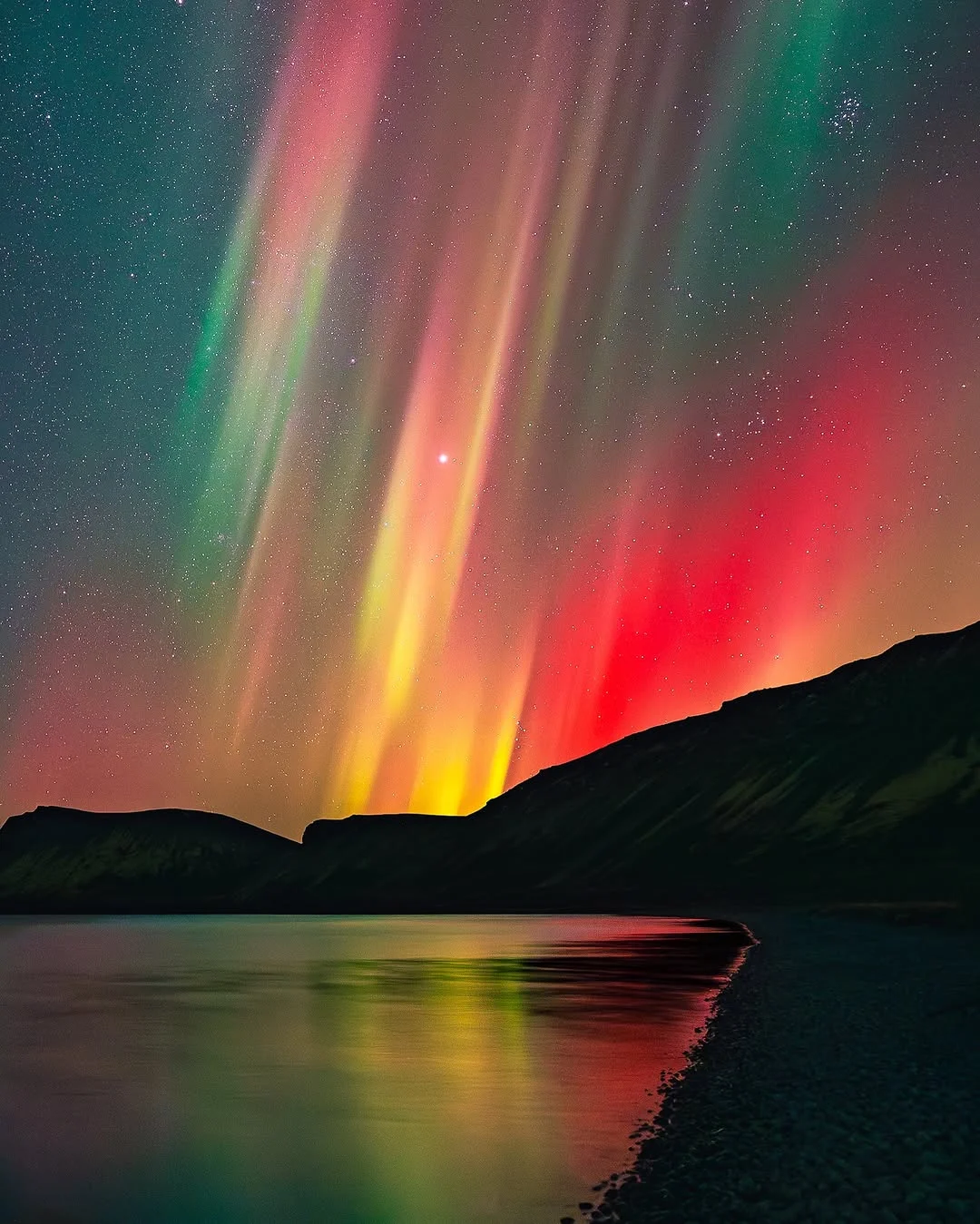
Light Up the Sky
The Northern Lights, or aurora borealis, are a sight that has captivated wanderers for centuries. Yet, beyond their dazzling beauty, these mystical lights carry profound meanings across various cultures.
In Nordic folklore, the lights were thought to be the glow of the Valkyries’ armour, guiding fallen warriors to the afterlife. For the Sámi people of northern Scandinavia, the aurora was a powerful spirit, a reminder of the connection between the earthly and spiritual realms.
In other cultures, the lights symbolise various elements of life. The Inuit see them as the spirits of their ancestors, dancing in the sky, while the Japanese believe the aurora was a sign of good fortune.
In modern times, the Northern Lights have come to represent a sense of wonder and the infinite mysteries of our planet. They’re a reminder of how nature connects us all, regardless of borders or beliefs.

No Rush, Ours
This year, many travellers are opting to extend their holidays, embracing longer stays and more immersive experiences. While the pandemic initially sparked wanderlust, it’s now the art of slowing down that is taking centre stage. Although short getaways remain popular, there’s a growing trend for longer, single-destination trips. Rather than rushing through crowded tourist hotspots, many are choosing to engage deeply with one location, connecting with its culture and customs at a more leisurely pace.
This shift also coincides with the rise of ‘bleisure’ trips — blending work with leisure. Countries like India, China, and Germany are leading the way, as more people take advantage of flexible schedules to work remotely while enjoying their surroundings. Social media has played a key role, with tips on ‘PTO hacking’, a popular strategy that maximises holiday time by aligning paid time off with public holidays.
As travel companies anticipate a rise in longer leisure trips, this trend marks a deeper shift towards cultural connection and thoughtful exploration, indicating that travel this year will prioritise depth over speed. What do you think?